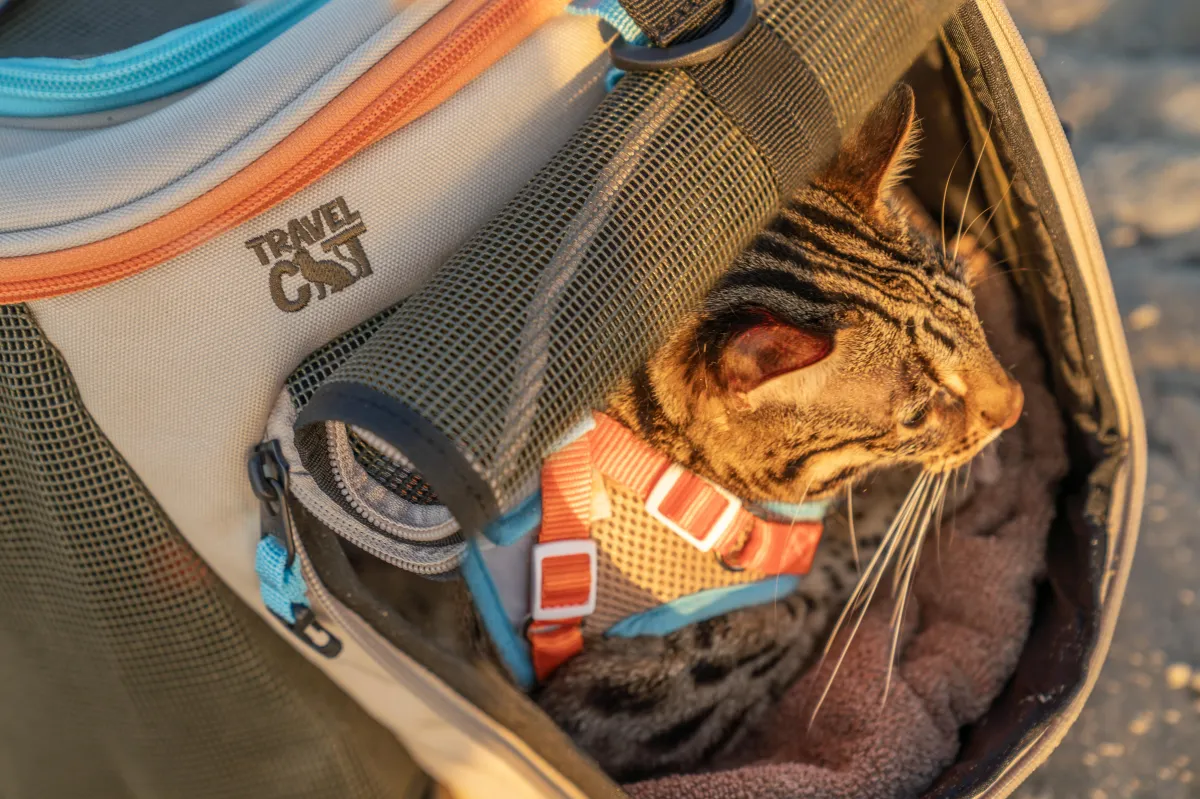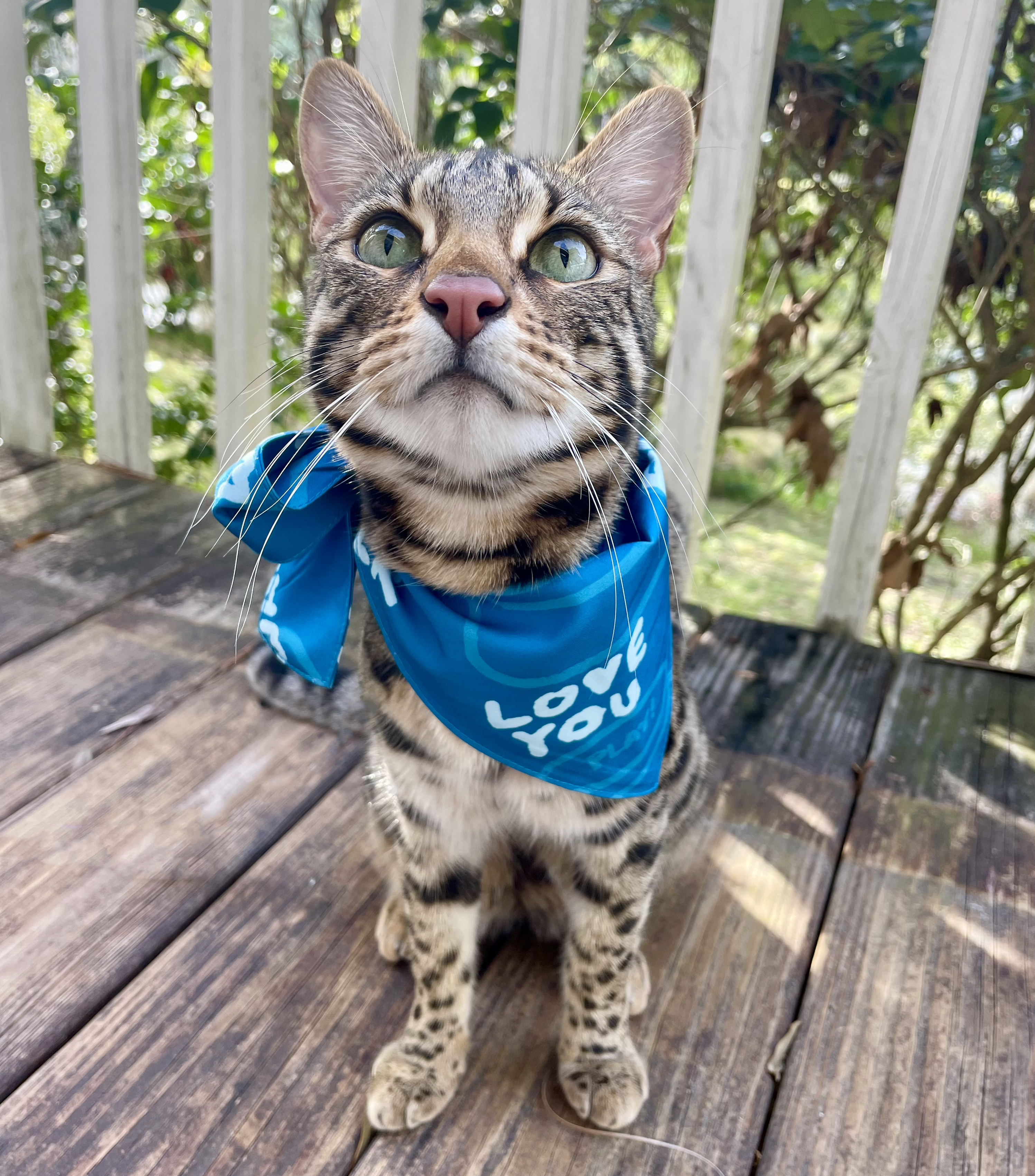
Managing Reactivity in Pets: Signs and Effective Solutions
Managing Reactivity in Pets: Signs and Solutions
Reactivity in pets can feel overwhelming—especially when your sweet, snuggly companion suddenly turns into a barking, hissing, or lunging ball of energy. Whether it's triggered by other animals, people, noises, or unfamiliar situations, reactivity isn’t about your pet being "bad." It’s about fear, overstimulation, or a lack of coping skills. And the good news? It can be managed with patience, training, and empathy.
What Is Reactivity, Really?
Reactivity is an exaggerated response to a trigger. For dogs, this often looks like barking, growling, or lunging on leash. For cats, it might be puffing up, swatting, or running to hide. It’s not about aggression—it’s usually fear-based or simply a lack of confidence.
Think of it this way: your pet's body is going into “fight or flight” mode, and they haven’t yet learned that they’re safe or how to cope with that trigger calmly.
Step One: Identify the Triggers
The first step in managing reactivity is observing when and why it happens. Is it the mail carrier? Another pet in the house? Noises outside the window? Write down patterns. This helps you anticipate the reaction before it happens—and that gives you the power to intervene and train effectively.
Step Two: Create a Safe Environment
Reactivity is often reduced simply by giving your pet a space where they feel secure. That might mean:
For cats: creating vertical spaces, hiding spots, or quiet time in a room of their own.
For dogs: using baby gates, calming routines, and limiting overstimulating environments.
The goal is to reduce exposure to triggers until your pet is better prepared to face them.
Step Three: Positive Reinforcement Is Key
Punishment will only increase fear and confusion. Instead, reward calm behavior and use treats, praise, or toys to create positive associations with the trigger.
This might look like:
Giving treats when your dog sees another dog before they bark.
Offering a favorite toy when a scary sound happens, so your cat starts associating it with playtime instead of panic.
In time, their response to that once-scary trigger can shift into something neutral—or even positive.
Step Four: Use Desensitization and Counter-Conditioning
This sounds complicated, but it just means exposing your pet to a trigger at a distance or intensity they can handle and pairing it with good things. Gradually and consistently, you build tolerance and confidence.
For example:
See a dog across the street? Distract your dog with a toy or a training session. High value treats can be used, but aren't always effective. I mean, if you're afraid of heights and someone gives you a giant chocolate cake when you're crossing over a rickety old bridge, that's not going to make you less afraid of heights.
Hear thunder from far away? Time for cuddles and play! Training sessions during thunderstorms have helped Flounder redirect her focus from the noise to the session very effectively.
Progress happens in small steps—and that’s okay.
Step Five: Take Care of Yourself, Too
Managing reactivity in pets can be stressful. You may feel embarrassed, discouraged, or worried you're doing something wrong. You’re not. You’re showing up with love, and that’s what matters.
Join online support groups, or even journal your wins—no matter how small. Because celebrating that one time your dog looked at a squirrel and didn’t bark is the kind of encouragement that keeps the journey going.

Final Thoughts
Reactivity doesn’t define your pet—and it doesn’t define you as a pet parent. It's simply a challenge, and with time, trust, and consistent support, most pets can learn to navigate the world with more confidence and calm.
Every pet has their quirks, their fears, and their unique ways of processing the world. And helping them grow through those moments isn’t just rewarding—it strengthens the bond between you like nothing else can.
Frequently Asked Questions
Can reactivity be completely cured in pets?
Reactive pets can get much better with behavior modification training, but full recovery is not always possible. Using positive reinforcement and positive association while keeping up with training can lower a dog’s reactivity. This helps make your pet calmer without using harsh corrections. The amount of progress depends on the pet and how much work you put in.
How can I prevent my pet from becoming reactive?
Socializing your puppy or kitten early is the best way to stop problems later. If you get your pet used to many people, places, and things at a young age, it helps them adjust well and contributes to managing reactivity in pets. Doing this cuts down on a lack of socialization. When pet owners learn about the breed and how their bestie acts, they can make the pet strong and less likely to get scared or react in a bad way later. This helps your bestie be happy, calm, and ready for new things.
What should I do during a reactive outburst?
In stressful situations, it is good to stay calm and help your bestie focus on you. You can use cues or change how you hold the leash to manage reactivity in pets. Try to move your bestie away from what is making them upset. This helps them not feel too much stress. Watch your pet's body language instead of getting upset with them. It's better to comfort them than to scold, since scolding can make their reactive behavior worse.
